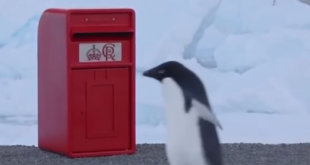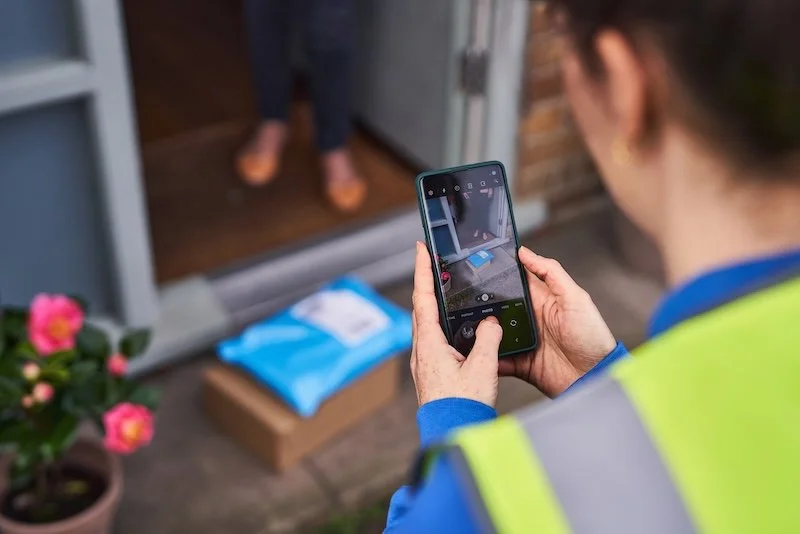‘Sorting Britain’, a new exhibition at the Postal Museum in London, uses the story of postcodes going back to the early postal districts of London, Liverpool and Manchester to illustrate the Post Office’s role as one of the UK’s biggest technical innovators.
Visitors can try their hands at coding post, and an original 1950s ELSIE electronic sorting unit derived from wartime code-breaking technology will be on display, along with previously unseen 19th-century maps of London.
Public use of postcodes for machine sorting was first trialled in Norwich in 1959. When the scheme was rolled out nationwide, the three-letter NOR code was replaced by two letters and a number.
Image credit: Royal Mail Group, Courtesy Of The Postal Museum
Visitors to the Postal Museum can take a ride on Mail Rail, the narrow-gauge underground railway that once kept the mail coursing through London for 22 hours every day.

Image credit: The Postal Museum
London was first divided into districts in 1858. This map shows the position of each sorting office with the cart routes and circulation through the East and West Central districts.

Image credit: Royal Mail Group, Courtesy Of The Postal Museum
Sixty years after they were first trialled, postcodes have become part of everyday life and affect everything from communications and identity to house prices and care.

Image credit: The Postal Museum
For most of the postal service’s early history, sorting was a manual process. Increases in volumes of mail in the early 20th century prompted the search for ways to introduce machines.

Image credit: Royal Mail Group, Courtesy Of The Postal Museum
The Post Office Research Section was set up in 1909. After the First World War it moved from central London to Dollis Hill, first in temporary huts. This impressive building opened in 1933.

Image credit: Royal Mail Group, Courtesy Of The Postal Museum
ELSIE, the Electronic Letter Sorting and Indicating Equipment, was first trialled in 1956. A single worker keyed in a destination code for each letter, which sent it off into the relevant box.

Image credit: Royal Mail Group, Courtesy Of The Postal Museum
‘Sorting Britain’ runs at The Postal Museum from 30 March to the end of 2022.
Sign up to the E&T News e-mail to get great stories like this delivered to your inbox every day.
Source link


